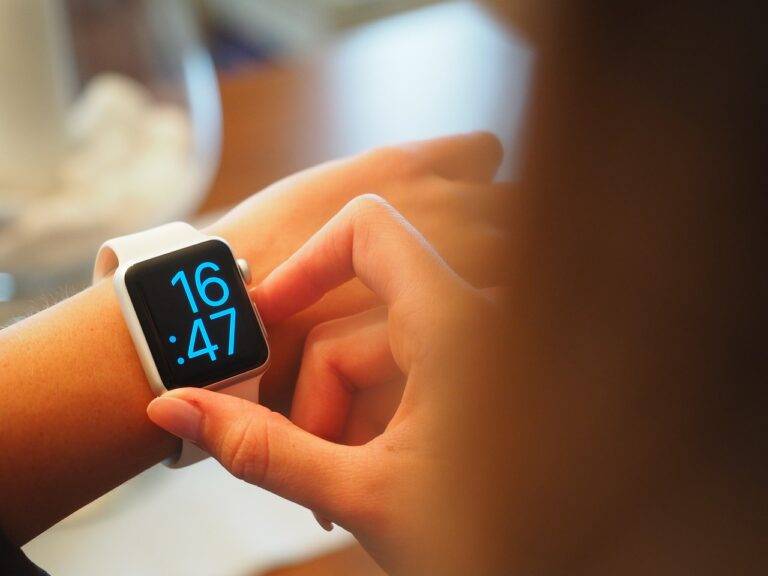The Role of Tech in Enhancing Accessibility and Inclusivity
Navigating the physical environment is a significant challenge for individuals with disabilities. Obstacles such as stairs without ramps, narrow doorways, and lack of accessible transportation can create barriers to their mobility and independence. This not only limits their ability to participate in various activities but also hinders their access to essential services and resources.
Another key challenge faced by individuals with disabilities is the lack of inclusive education and employment opportunities. Limited access to education and vocational training programs can prevent them from acquiring the necessary skills and qualifications for the workforce. Discriminatory practices and stereotypes further contribute to their exclusion from the job market, leading to higher rates of unemployment among this demographic.
Innovations in Assistive Technology
Assistive technology has made significant strides in improving the lives of individuals with disabilities. From advanced screen readers for the visually impaired to customized communication devices for those with speech impairments, innovations in this field continue to empower users to navigate the world more independently. These technologies not only enhance accessibility but also foster inclusivity by breaking down barriers that have traditionally hindered full participation in various aspects of life.
Furthermore, the integration of artificial intelligence and machine learning in assistive technology has opened up new possibilities for customization and personalization. These developments allow users to tailor their devices to meet their unique needs and preferences, resulting in a more seamless and user-centered experience. By leveraging cutting-edge technologies, assistive devices are becoming more intuitive and responsive, ultimately enhancing the overall quality of life for individuals with disabilities.
• Assistive technology has made significant strides in improving the lives of individuals with disabilities
• Advanced screen readers for the visually impaired and customized communication devices for those with speech impairments are examples of these innovations
• These technologies enhance accessibility and foster inclusivity by breaking down barriers that have traditionally hindered full participation in various aspects of life
Furthermore, the integration of artificial intelligence and machine learning in assistive technology has opened up new possibilities for customization and personalization. These developments allow users to tailor their devices to meet their unique needs and preferences, resulting in a more seamless and user-centered experience. By leveraging cutting-edge technologies, assistive devices are becoming more intuitive and responsive, ultimately enhancing the overall quality of life for individuals with disabilities.
Importance of User-Friendly Design
User-friendly design plays a crucial role in ensuring that individuals with disabilities can navigate technology effectively. By incorporating intuitive interfaces, clear labeling, and simple navigation options, designers can make digital platforms more accessible to a wider range of users. This not only enhances the user experience for individuals with disabilities but also contributes to a more inclusive society where everyone can participate equally in the digital world.
Moreover, user-friendly design can significantly impact the independence and autonomy of individuals with disabilities. When products and services are designed with accessibility in mind, it empowers users to perform tasks on their own without the need for constant assistance. This not only boosts the confidence and self-esteem of individuals with disabilities but also promotes their overall well-being by allowing them to engage more freely with the world around them.
What are some challenges faced by individuals with disabilities when it comes to user-friendly design?
Some challenges include limited access to technology, difficulty navigating websites or apps, and lack of assistive technology compatibility.
How can innovations in assistive technology help improve user-friendly design for individuals with disabilities?
Innovations in assistive technology, such as screen readers, voice recognition software, and alternative input devices, can help make technology more accessible and user-friendly for individuals with disabilities.
Why is user-friendly design important for all users, not just those with disabilities?
User-friendly design is important for all users because it enhances the user experience, improves efficiency, and increases user satisfaction. It also ensures that technology is accessible to everyone, regardless of their abilities.
How can businesses and organizations incorporate user-friendly design into their products and services?
Businesses and organizations can incorporate user-friendly design by conducting user testing, considering accessibility standards, providing alternative formats for content, and continuously seeking feedback from users.





